Original 1950 Royal Air Force (R.A.F.) "BREMEN - Germany" Defense & Deterrence NATO Air Map

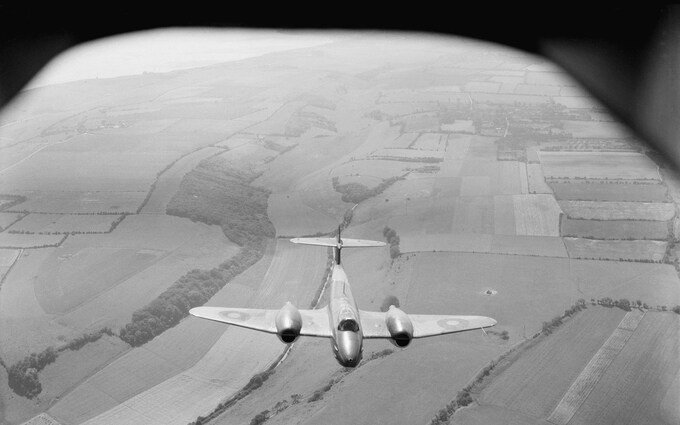
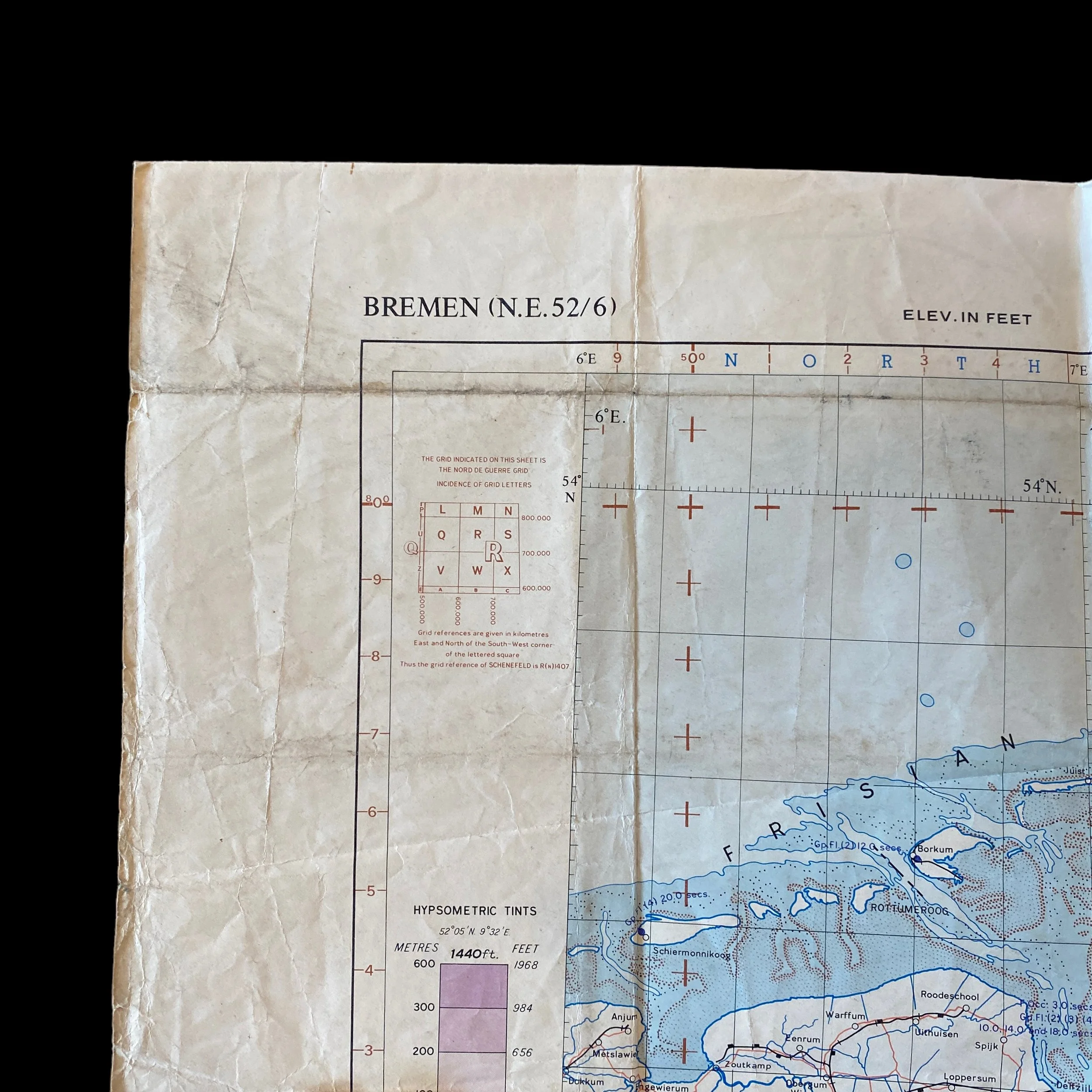









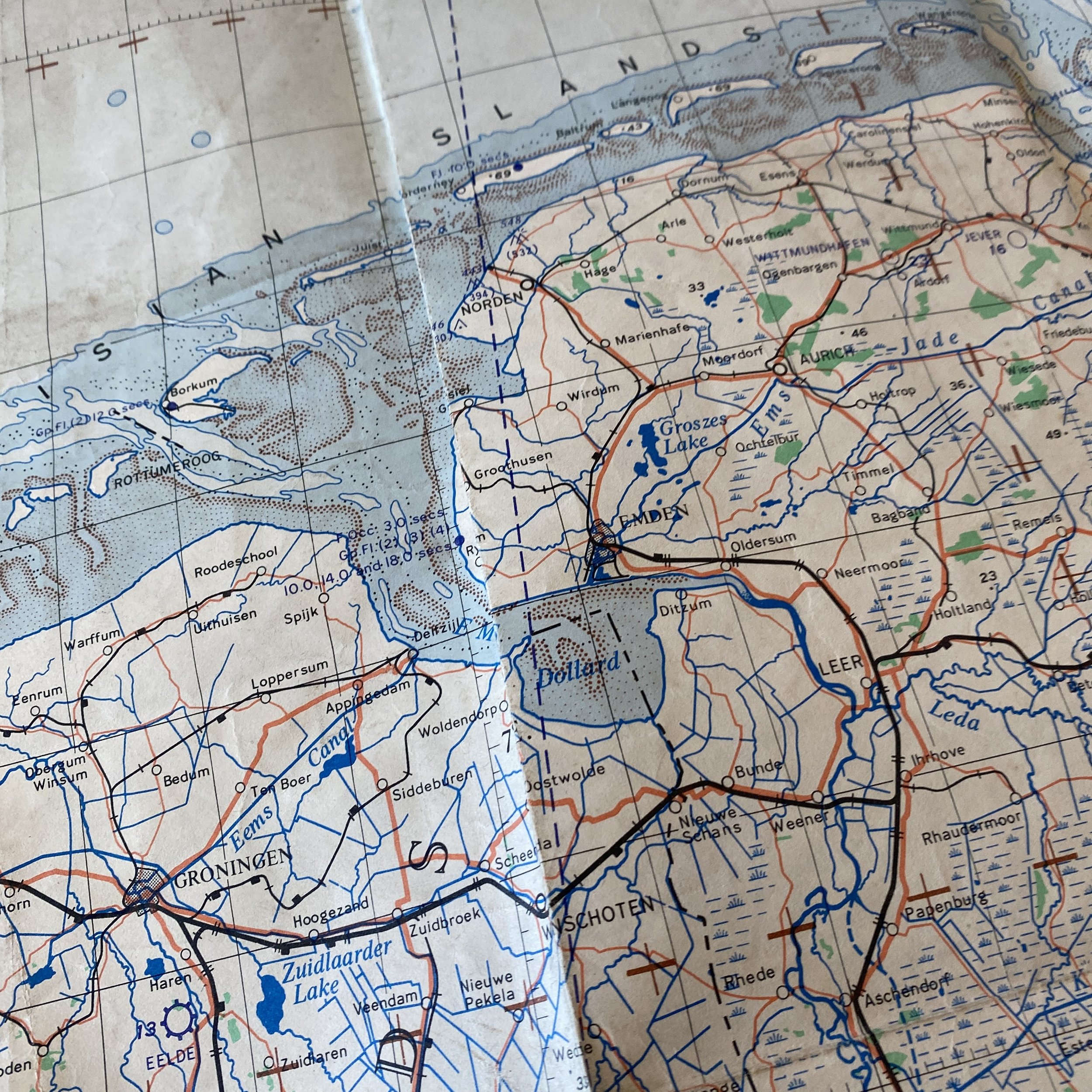

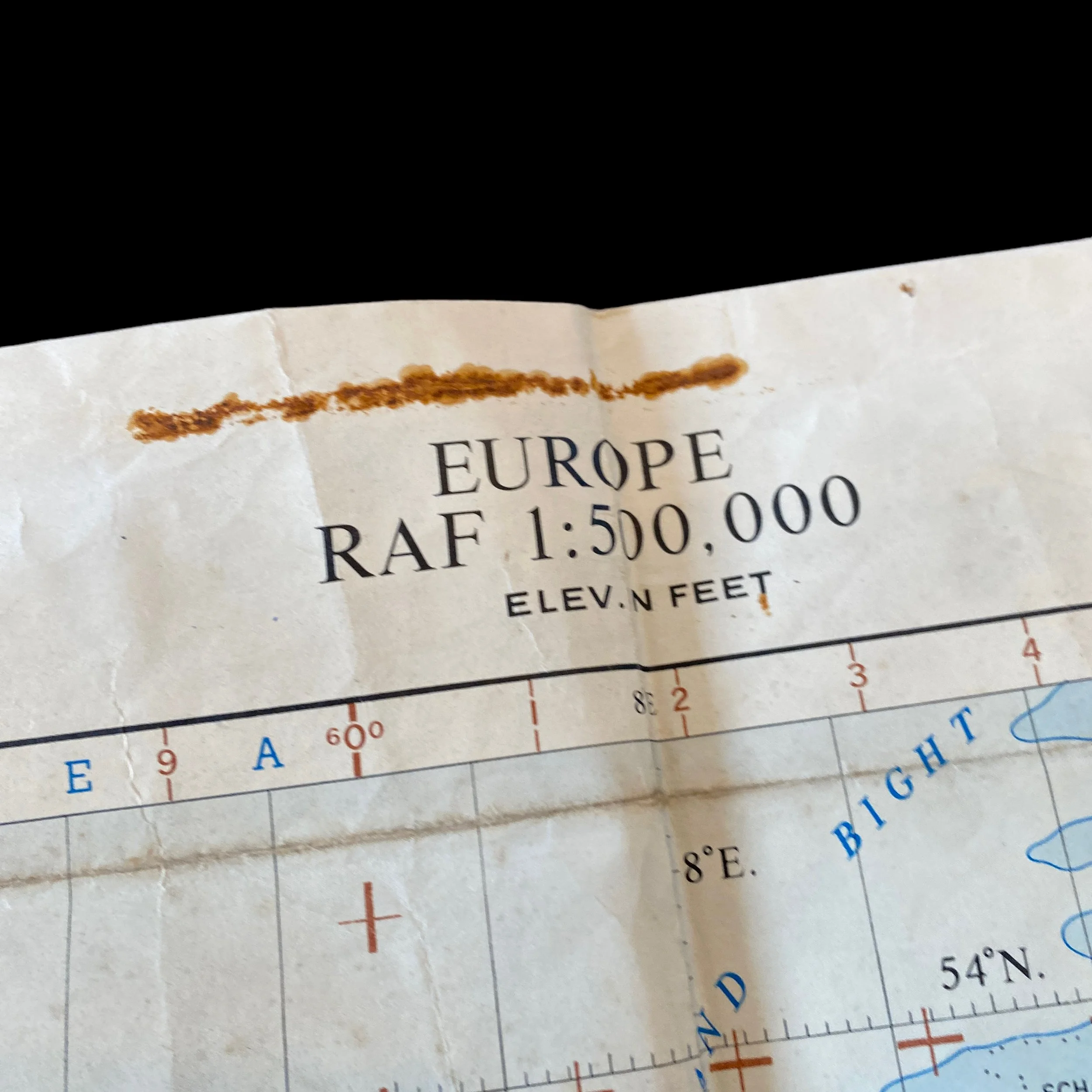

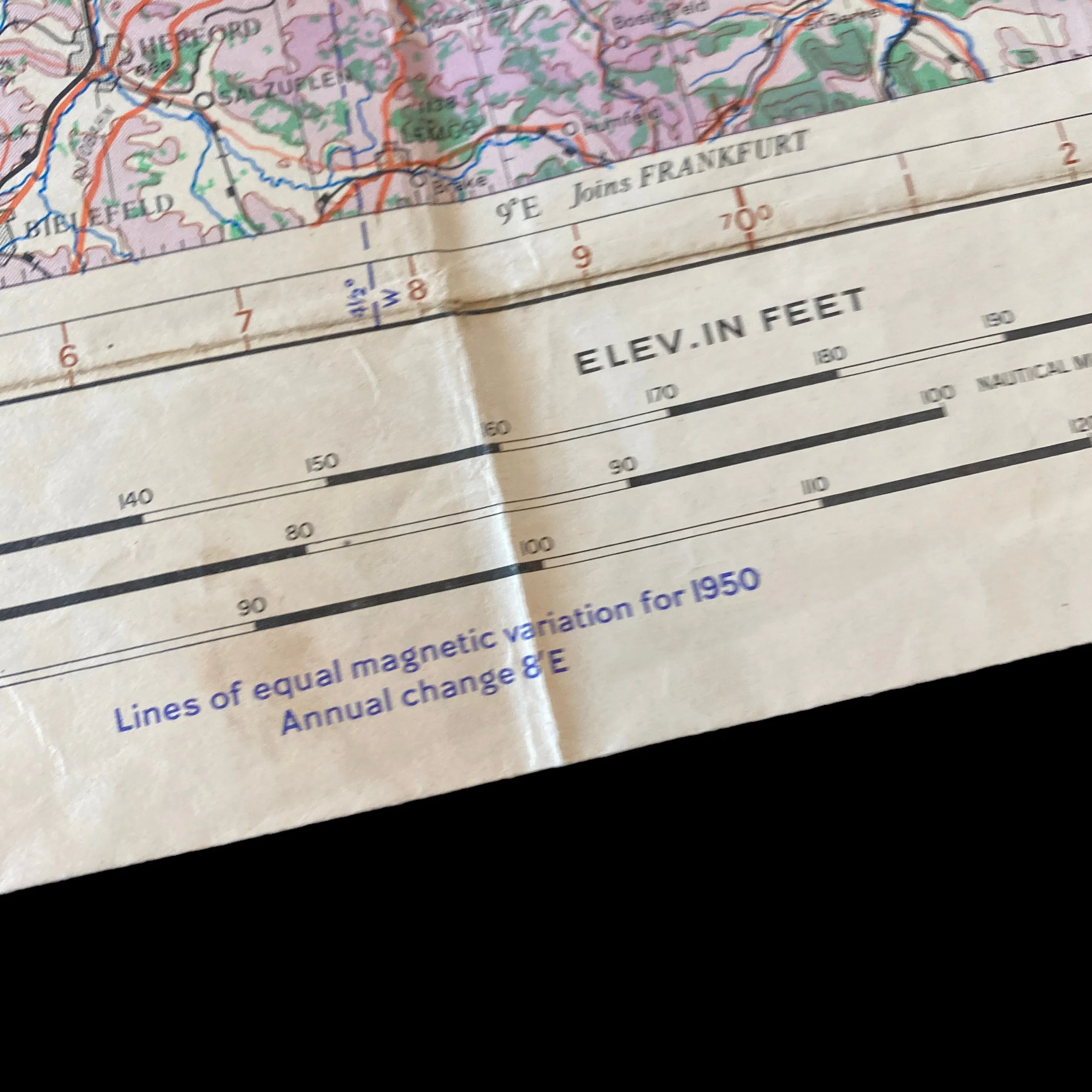



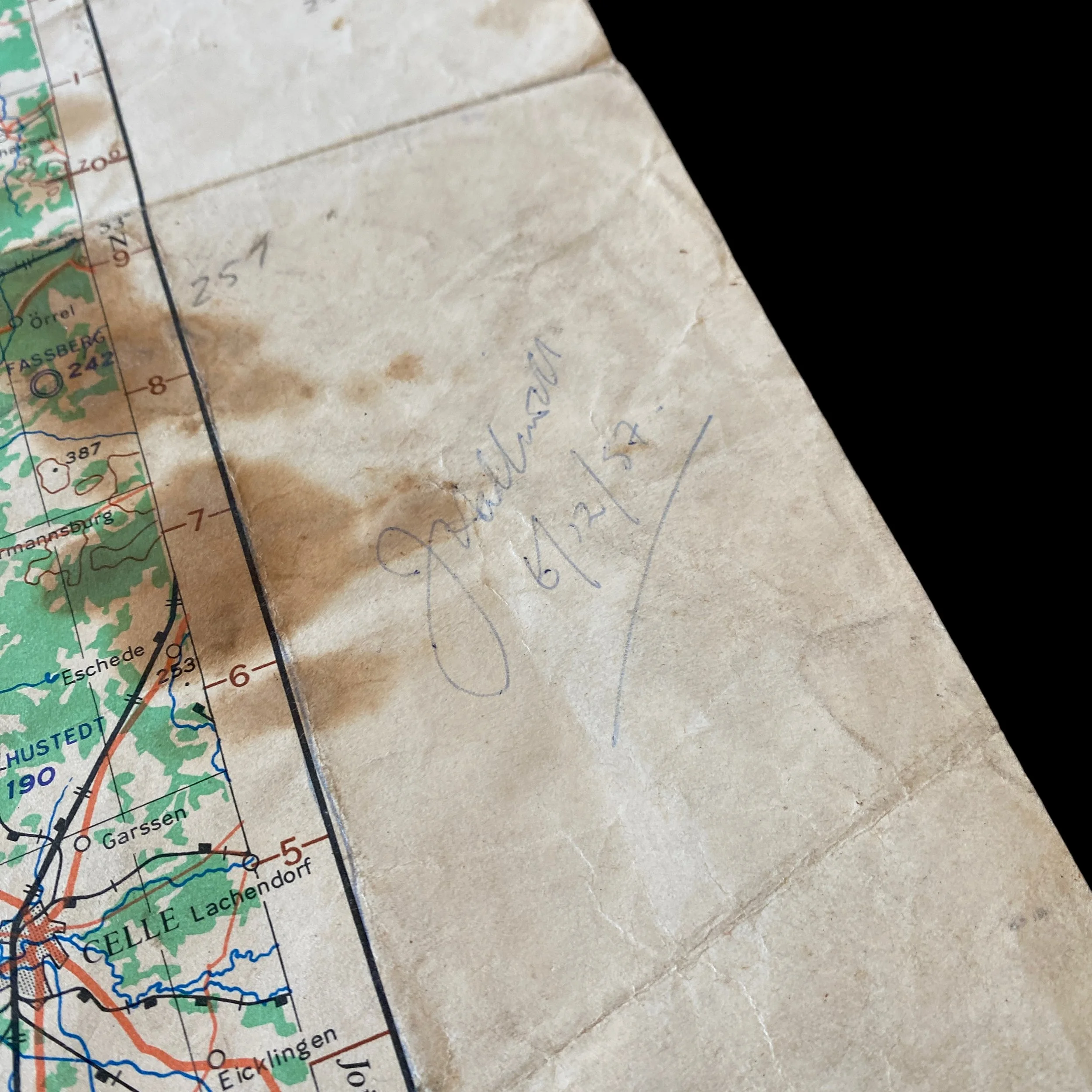

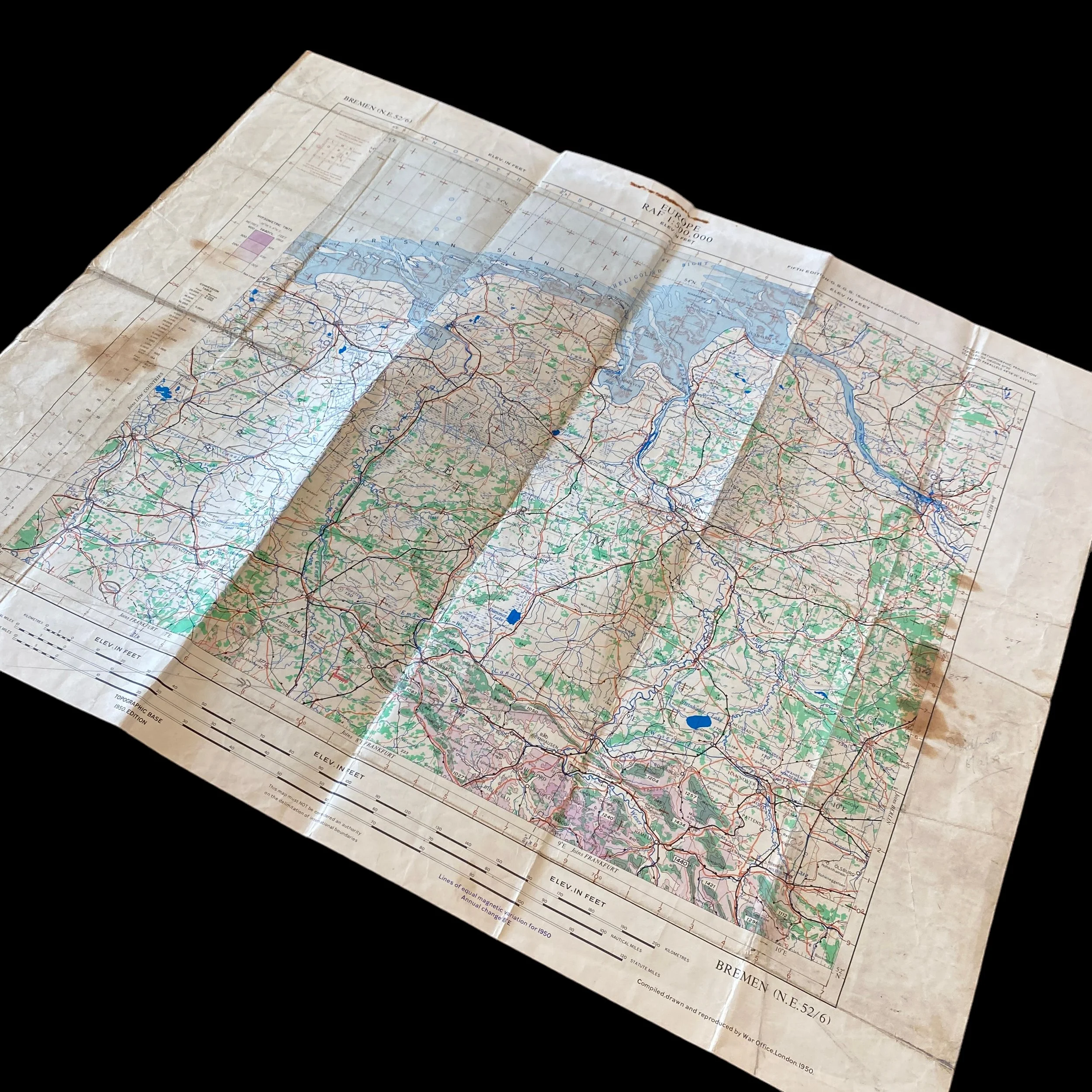





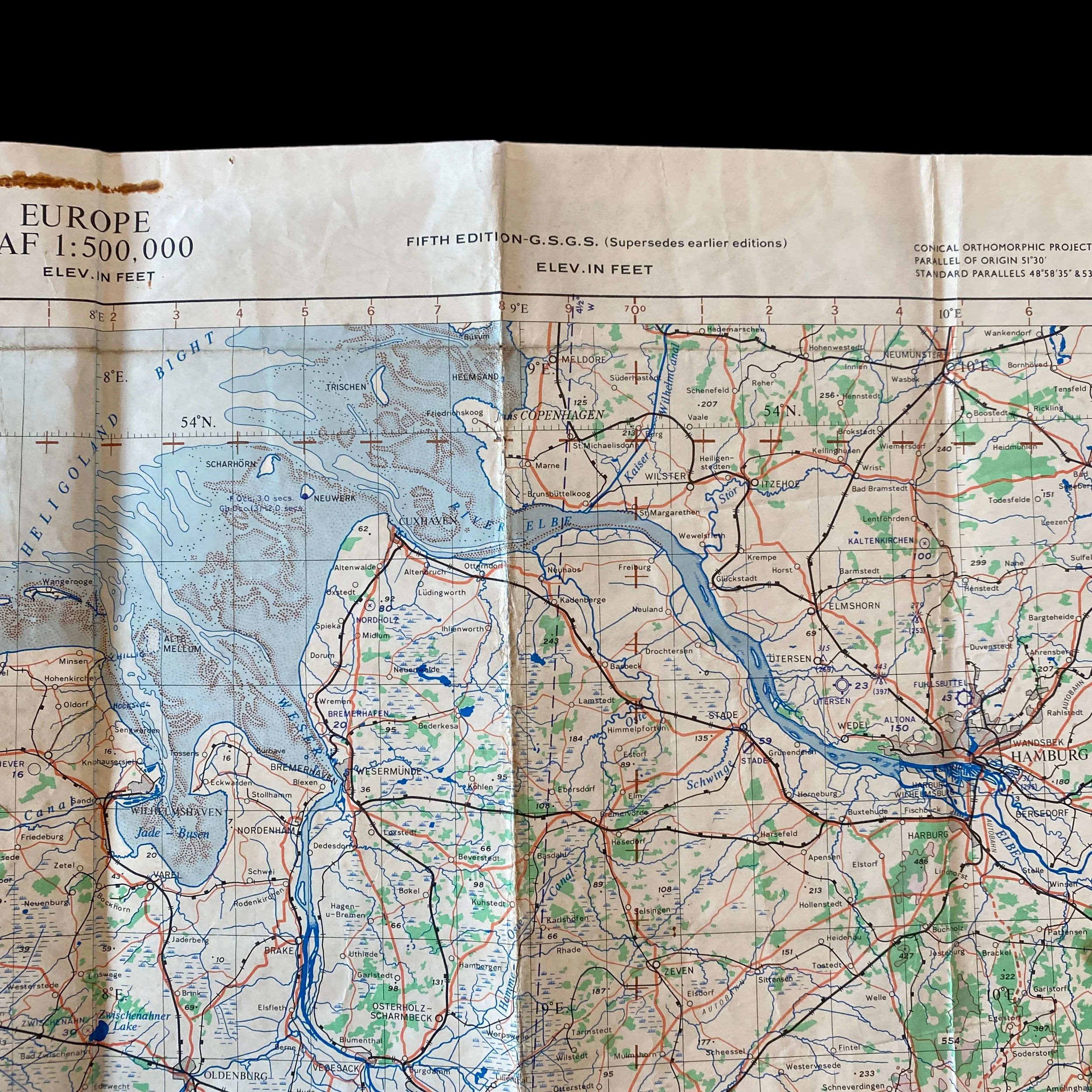








Original 1950 Royal Air Force (R.A.F.) "BREMEN - Germany" Defense & Deterrence NATO Air Map
Comes with C.O.A.
*HEAILVY USED! SHOWS LOTS OF OPERATIONAL FLIGHT PATHS AND HAND-MAKING MISSIONS.
This rare and museum-grade Royal Air Force (R.A.F.) air navigation map was produced by the WAR OFFICE in London in 1950. The primary mission of the RAF in Germany during the 1950s was to contribute to the overall defense and deterrence strategy of NATO. The strategic location of airbases in Germany allowed the RAF to respond rapidly to potential threats, ensuring a credible deterrent against Soviet aggression. Tactical airpower, including fighter aircraft, bombers, and reconnaissance planes, formed the backbone of the RAF's capabilities in Germany. The 1950s witnessed the deployment of jet-powered aircraft, a technological leap that significantly enhanced the RAF's operational effectiveness.
The Royal Air Force (RAF) played a pivotal role in shaping the geopolitical landscape during the Cold War, particularly in Germany during the 1950s. As tensions between the Western powers and the Soviet Union escalated, the RAF emerged as a crucial element of the NATO defense strategy, providing aerial support and deterrence against potential Soviet aggression.
In the aftermath of World War II, Germany found itself divided into East and West, with the former controlled by the Soviet Union and the latter jointly occupied by the United States, the United Kingdom, France, and the Soviet Union. The geopolitical landscape of post-war Europe was marked by ideological differences and heightened tensions between the Western powers and the Soviet bloc. The creation of the North Atlantic Treaty Organization (NATO) in 1949 marked a significant turning point, with member states, including the United Kingdom, committing to collective defense against external aggression.
The RAF's presence in Germany during the 1950s was structured to address the evolving security concerns of the time. RAF Germany, as it was commonly known, operated under the overarching command of the British Air Forces of Occupation (BAFO), responsible for overseeing the British air contingent in the occupied zones. Within this framework, the RAF's organizational structure in Germany comprised various wings, squadrons, and support units strategically positioned to provide a swift and effective response in the event of a conflict.
The primary mission of the RAF in Germany during the 1950s was to contribute to the overall defense and deterrence strategy of NATO. The strategic location of airbases in Germany allowed the RAF to respond rapidly to potential threats, ensuring a credible deterrent against Soviet aggression. Tactical airpower, including fighter aircraft, bombers, and reconnaissance planes, formed the backbone of the RAF's capabilities in Germany. The 1950s witnessed the deployment of jet-powered aircraft, a technological leap that significantly enhanced the RAF's operational effectiveness.
One of the critical components of RAF Germany was the V-bombers, including the Valiant, Victor, and Vulcan, which played a vital role in the United Kingdom's nuclear deterrent. These aircraft were capable of carrying nuclear payloads, providing a credible and flexible response to the evolving dynamics of the Cold War. The presence of these strategic assets in Germany underscored the region's importance in the broader NATO defense posture.
The 1950s were marked by intense Cold War rivalries, and the RAF's role in Germany was closely tied to the broader geopolitical context. The division of Germany, the construction of the Berlin Wall in 1961, and the escalating arms race underscored the heightened tensions between the East and West. RAF Germany, as part of the larger NATO strategy, served as a visible and potent symbol of the alliance's commitment to defending its member states against any potential Soviet threat.
The Cuban Missile Crisis of 1962 brought the world to the brink of nuclear war, further emphasizing the critical role of military forces in deterring aggression. RAF Germany, with its strategic assets and well-positioned airbases, played a vital role in maintaining the delicate balance of power during this tumultuous period.
The Royal Air Force's presence in Germany during the 1950s was a crucial element in the larger NATO defense strategy against potential Soviet aggression. The organizational structure, operational capabilities, and geopolitical context of the time highlighted the strategic importance of RAF Germany. The deterrence provided by the RAF's advanced aircraft and nuclear capabilities contributed to the overall stability of the Cold War era. The legacy of the RAF's role in Germany during this period is a testament to the alliance's commitment to collective security and the vital role airpower played in shaping the course of history.